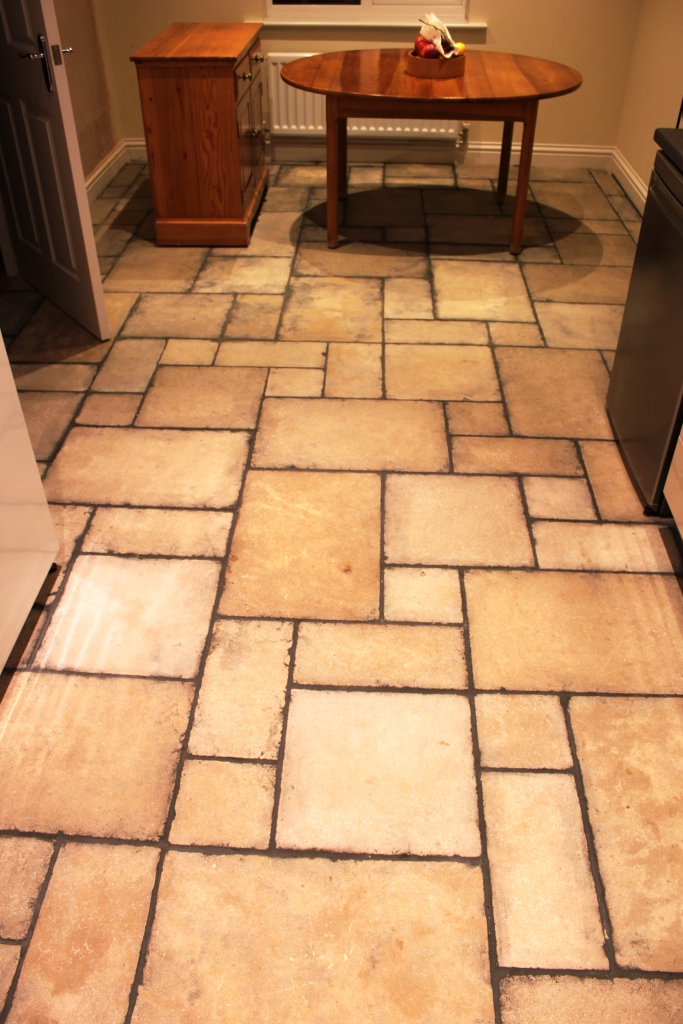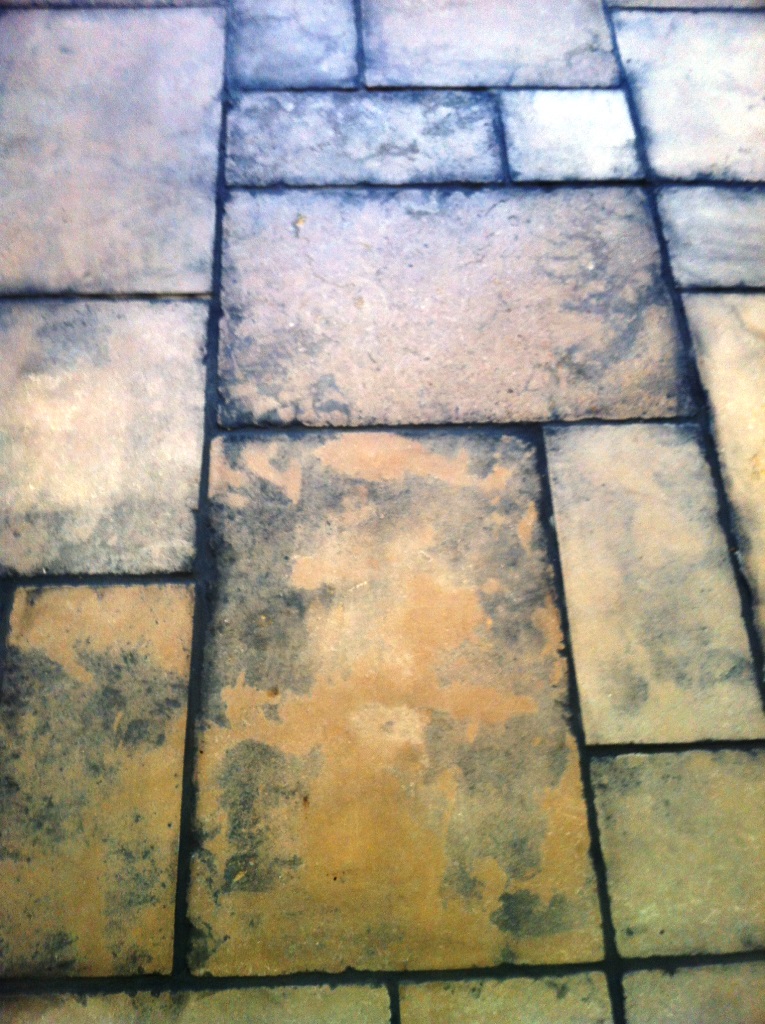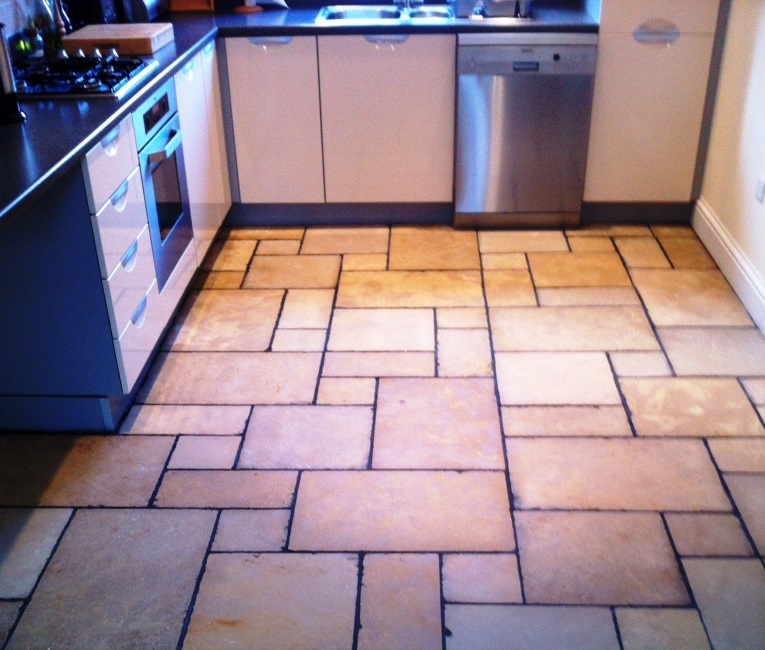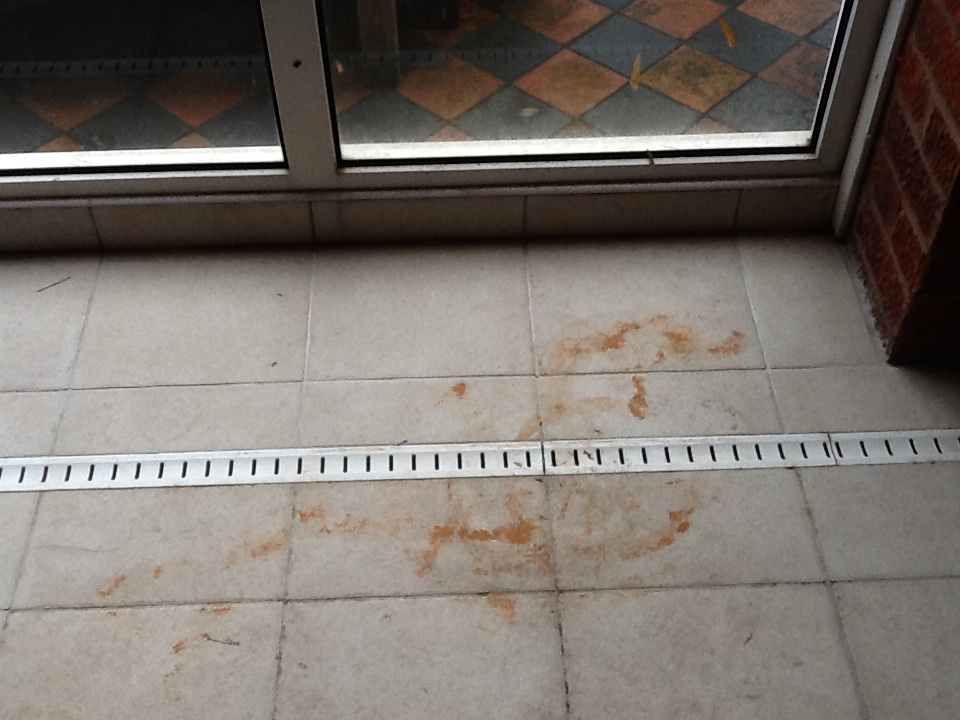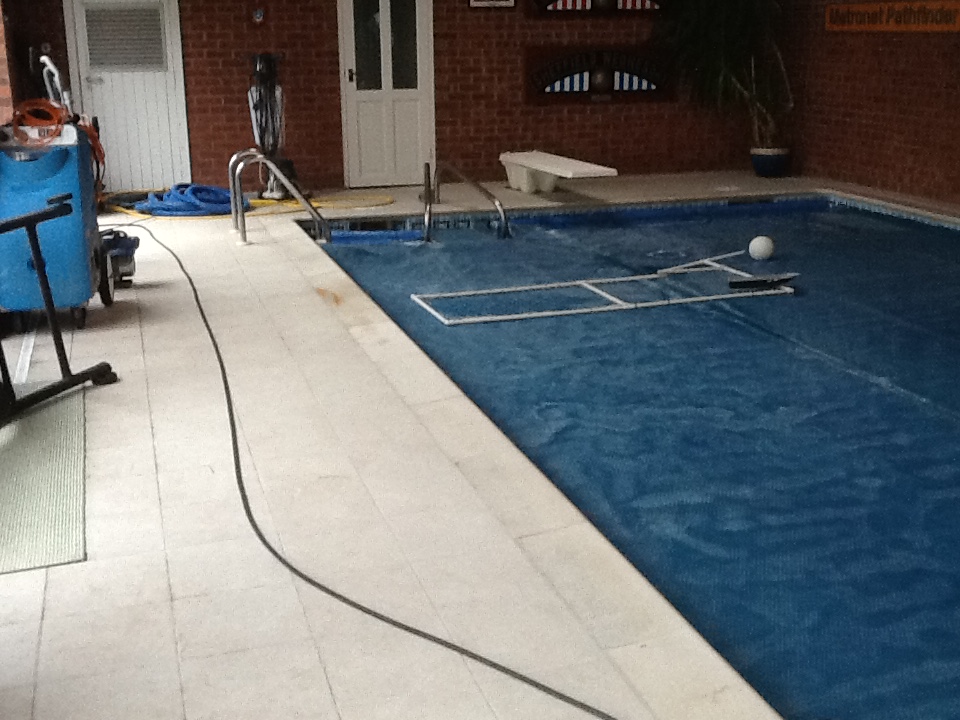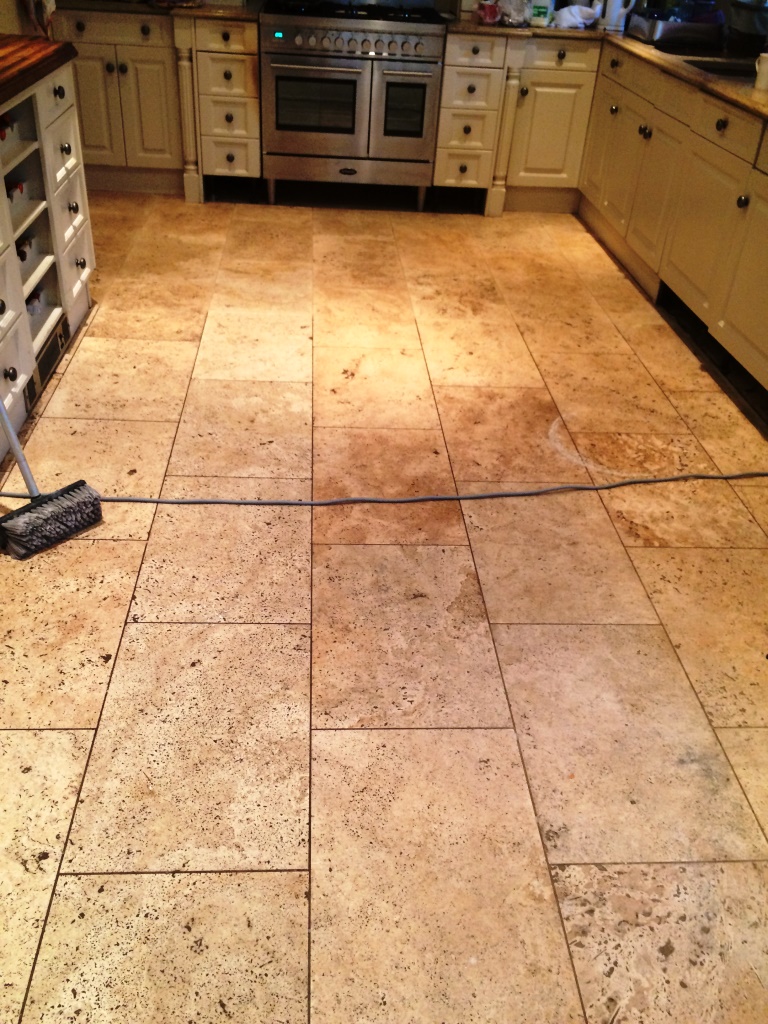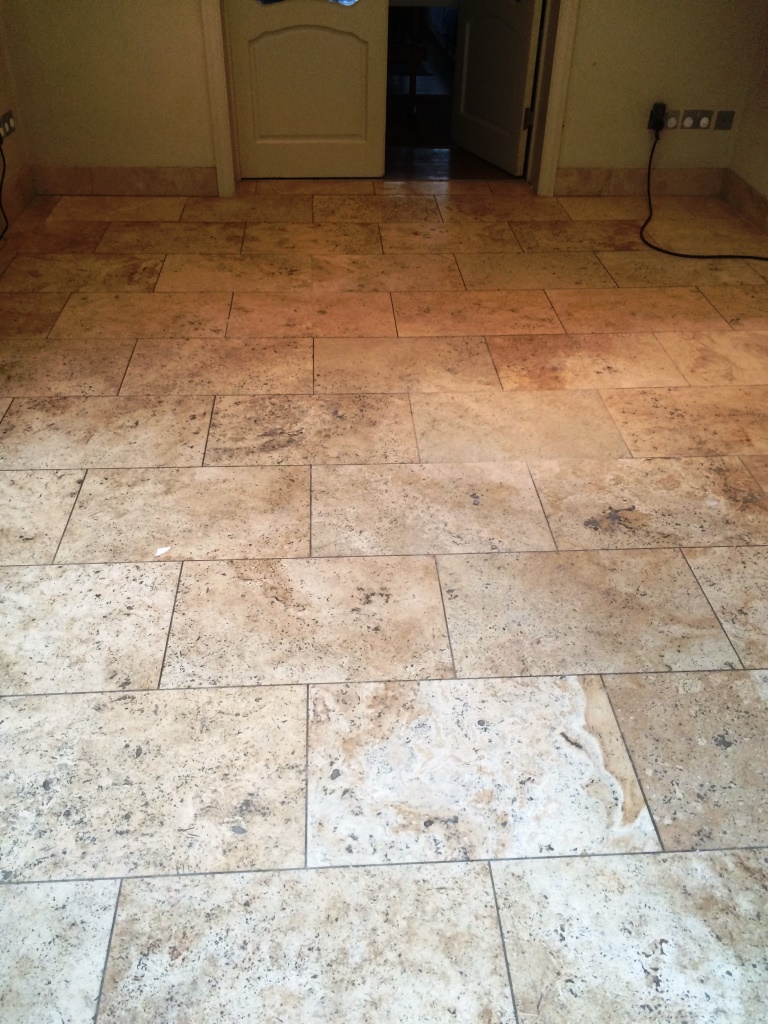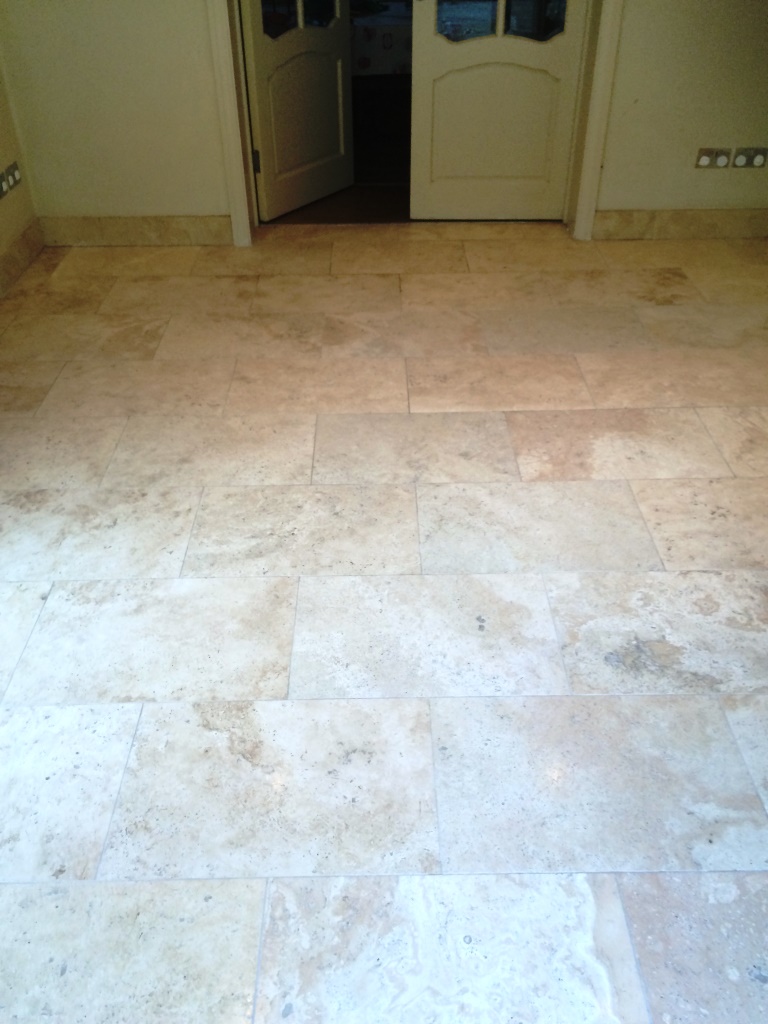Granite floor tiles can provide you with one of the most beautiful floors on the market today. Granite is a very popular building material for a number of different applications. It has been used very commonly as a material for counter tops and is now becoming popular as floor tile as well. While it is very beautiful, it is usually not one of the more affordable options that you have. Granite is traditionally on the expensive side of the tile industry. However, there are times when you can secure a good deal on granite floor tiles. Here are the basics of how to find cheap granite floor tiles.
What You'll Need
What You'll Need
- Phone book
- Notepad
- Pencil
- Internet
Step 1 - Shop Around
The first thing that you need to do is locate all of the local flooring stores in your market. Look up the locations of all of them in your phone book and then start shopping. The flooring industry is a very competitive business and they will be willing to work with you to get your business. Typically, there are many different stores in the same market that sell a lot of the same things. If you find a deal at one store, do not be afraid to try and find a better price at another store. Many of the sales associates in the market work on commission and therefore, they will be willing to negotiate with you on the price. Keep all of the quotes that you get in a notebook so that you can refer to them easily when you need them.
Step 2 - Check Surplus Stores
Another great place that you should check with for granite tiles is a local surplus store. If you have a surplus store in your local market, you should definitely take advantage of it for any building supplies. They buy extra inventory from factories and other retailers at closeout prices. Most of the time, the companies that sell to surplus stores do so just to eliminate their inventory. As a result, the prices that surplus stores can charge are much less expensive than a retail merchant. You can often find granite tile in there that is a fraction of the cost of some other places that you may have looked. You need to be sure to buy a little more than what you need from a surplus store because you will most likely not be able to buy any more from them in the future.
Step 3 - Internet Sales
Another great resource to use when shopping for granite floor tiles is the Internet. There are many online retailers that sell granite tiles and they do so at very low prices. Online retailers have a much lower overhead than a traditional flooring store. They just have a website and a warehouse to worry about. Therefore, they can sell to you at a deep discount. Just be careful not to pay too much for shipping with this method.
Source: www.DoItYourself.com
